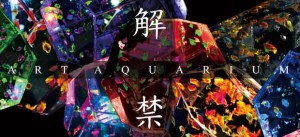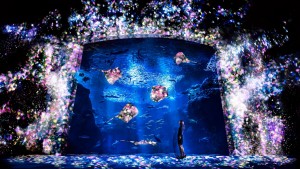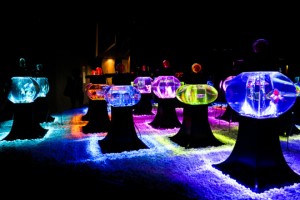“You will experience a totally new cool art aquarium space where you can enjoy the beautiful kingyo in the stylish performance of Edo at Tokyo Nihonbashi Mitsui Hall.”
Okay, we can forgive the slight sense of Jinglish in that sentence but this Art Aquarium is undeniably cool — and spectacular too.
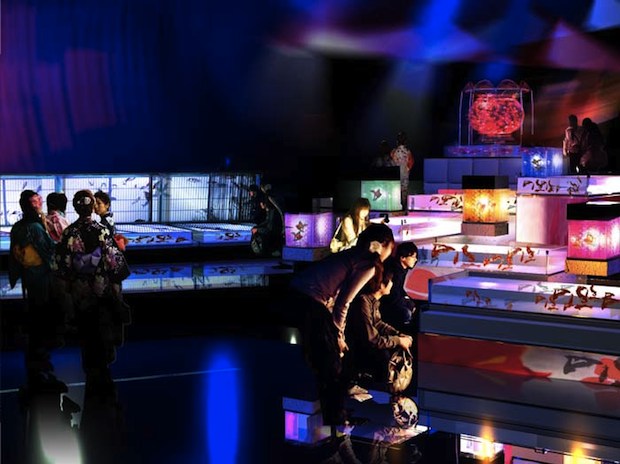
Those with subtler palates will likely want to stay away from this but if you have ever wondered what happens when the vibrant colors of Edo-era Tokyo (i.e. “Edo”) meet with a host of fish in glass tanks, hope down to see this before it closes later this month.
It is of course very reminiscent of Mika Ninagawa and her typical furore of garish colors, opulent pinks and oranges, and always with some gold fish swimming around. Her critics and detractors call her immensely superficial — and this blogger is very much of that party — while her fans adore her vision and beauty.

Her film of the manga Sakuran began like a closeup from this art aquarium show, with elegant but luxurious feasts of colors revealing kingyo fish swimming in between.
What is it about Edo that we remember only through, if not rose-tinted glasses, but explosions of color?
Yes, there would have been some no doubt bright clothes around and it certainly was an era when the pleasure quarter Yoshiwara and entertainments like Kabuki were in full swing. But ordinary life would have been far more banal, especially in its spectrum of colors. Most people wore surely duller clothes and, there being no wonders like air con like today, come the summer everyone surely sweated and stank to high heaven.
It is definitely a case when the fantasy image of what we think the culture and city represented has come to supplant any sense of grounded imagination. Mountains of Ukiyoe prints and their “floating world” aesthetic have caused a sort of amnesia for realistic ideas of what “Edo” was.
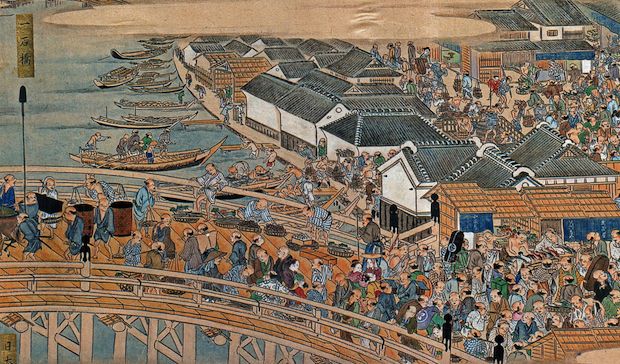
An old colleague once made a very apt observation that Japanese period dramas are always so clean, while western historical dramas, especially ones with pre-eighteenth- or nineteenth-century settings, rather revel in the dirt and grime. I guess the latter happens because viewers like verisimilitude and also feeling comfortable, literally, while watching their TV screens, content that they live in a much more civilized day.
The former? Well, I suppose matters like hygienic and discomfort are not as interesting as the color and the “Edo” flavor of the period.
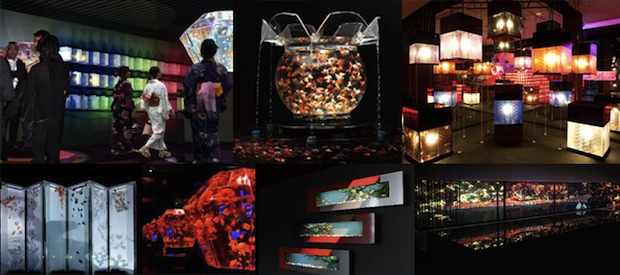
The Art Aquarium runs in central Tokyo until September 24th.
